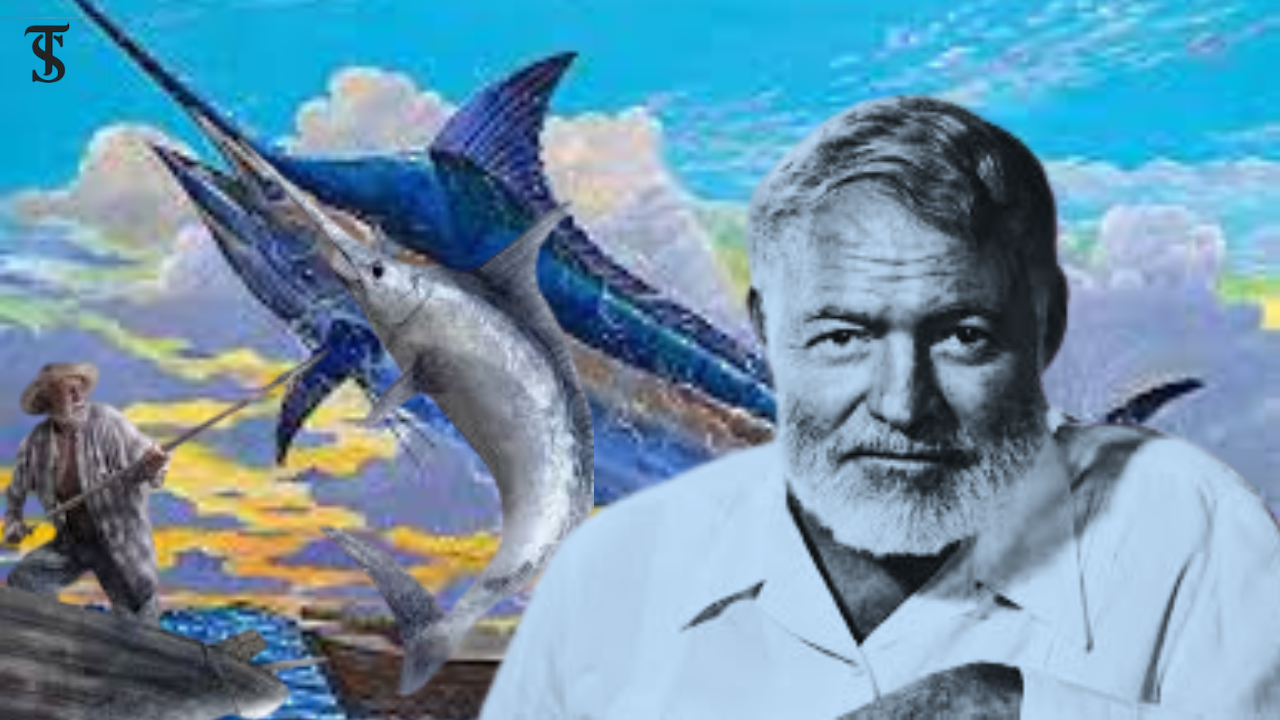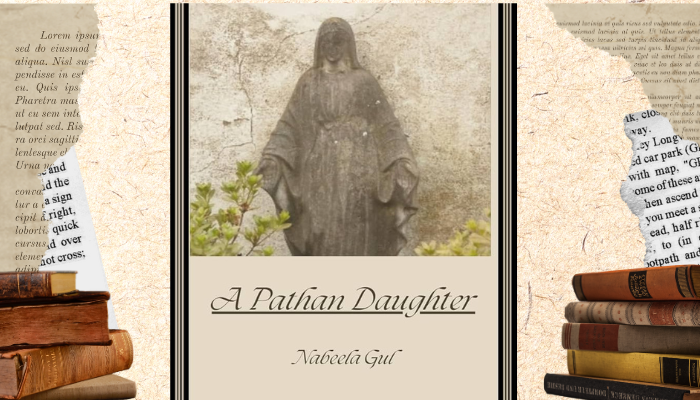War, Loss, and Perseverance: The Themes that Shaped Ernest Hemingway

- Resilience in Adversity – Ernest Hemingway’s works emphasize perseverance, showing characters who endure hardships with quiet strength and dignity.
- War and Loss as Central Themes – His experiences in World War I, the Spanish Civil War, and World War II deeply influenced his writing, shaping themes of disillusionment and survival.
- Minimalist Writing Style – Hemingway’s distinct style, marked by short sentences and simple syntax, enhances the emotional depth and impact of his storytelling.
Ernest Hemingway, born in 1899, was an American novelist and short story writer known for his distinctive style, characterized by short sentences and a lack of complex syntax. His minimalist approach to storytelling and his exploration of profound themes earned him the Nobel Prize for Literature in 1954. Hemingway was part of the “Lost Generation,” a group of writers who had experienced the devastation and disillusionment brought on by war. Having witnessed the horrors of conflict firsthand, his works often reflect themes of destruction, loss, and perseverance.
Hemingway was still a teenager when World War I broke out. Determined to participate, he volunteered and was able to serve as an ambulance driver for the American Red Cross. During his service, he sustained injuries but survived, an experience that profoundly influenced his perspective on war and life. Later, he covered both the Spanish Civil War and World War II as a journalist, giving him further exposure to the brutal realities of war. Throughout his life, he endured numerous hardships, from the physical trauma of war injuries and a severe head injury in a plane crash to struggles with depression, alcoholism, and failed marriages. These personal adversities shaped his literary voice, as he often infused his stories with the struggles and resilience of his characters.
Hemingway’s early works, including The Sun Also Rises and A Farewell to Arms, explore the psychological and emotional toll of war. His protagonists often grapple with disillusionment, loneliness, and the search for meaning in a world scarred by violence. Despite their existential struggles, Hemingway’s characters embody a quiet defiance, demonstrating “grace under pressure” in the face of hardship. In A Farewell to Arms, the protagonist, Lieutenant Frederick Henry, experiences the devastation of World War I and becomes disillusioned with its senseless brutality. He attempts to find solace in love, seeking purpose through human connection amid the chaos. This theme of perseverance despite inevitable suffering runs throughout Hemingway’s body of work.
One of Hemingway’s most celebrated works, The Old Man and the Sea, explores the themes of hope, endurance, and resilience. The novella tells the story of Santiago, an old Cuban fisherman who has not caught a fish in eighty-four days. On the eighty-fifth day, he ventures into deep waters and hooks a giant marlin, leading to an intense three-day struggle between man and nature. Santiago’s relentless determination highlights Hemingway’s philosophy on resilience—not as a pursuit of victory but as a testament to the human spirit’s ability to endure adversity.
Although Santiago’s catch is eventually destroyed by sharks, his struggle is not about winning or losing but about the dignity of persevering in the face of hardship. Hemingway’s portrayal of resilience is not one of grand heroic triumphs but of silent, unwavering determination. As Hemingway himself wrote, “The hardest lesson I’ve had to learn as an adult is the relentless need to keep going, no matter how shattered I feel inside.”
Resilience, as Hemingway depicts it, is not about dramatic battles or overwhelming victories. Instead, it is the ability to keep moving forward despite despair. Life, as he portrays it, is often difficult and unforgiving. Rather than painting an idealistic picture, Hemingway presents a raw and honest view of life’s struggles. His message remains clear—one must persist, endure suffering with dignity, and continue forward, no matter how hopeless circumstances may seem. This belief is evident in many of his works, where characters are tested by pain, loss, and disappointment but refuse to surrender.
In essence, Hemingway’s literature serves as a testament to the strength of the human spirit and the power of endurance. His characters, often reflections of his own life experiences, exemplify perseverance in the face of relentless adversity. Even when faced with insurmountable challenges, they continue to search for meaning, refusing to succumb to despair. To Hemingway, what truly matters is the journey itself—the effort, the struggle, and the refusal to be broken by life’s trials. If one faces adversity with dignity and does their best, then that, in itself, is a form of triumph. His literary legacy extends beyond his unique writing style; his works serve as a reminder of humanity’s capacity for resilience.
As Hemingway famously wrote, “The world breaks everyone, and afterward, some are strong at the broken places.”





